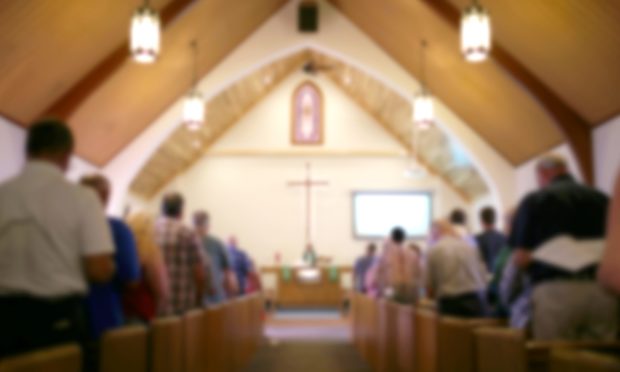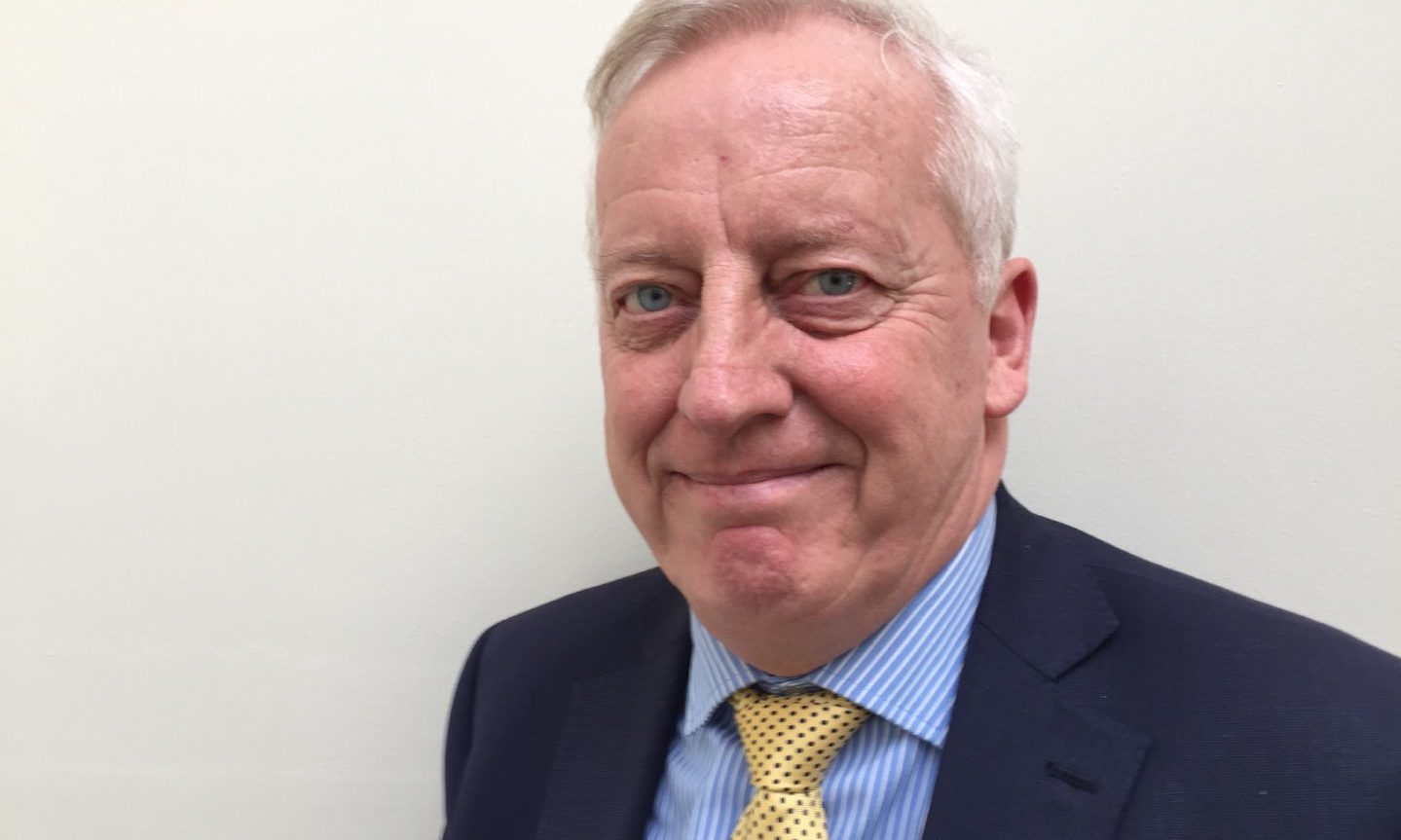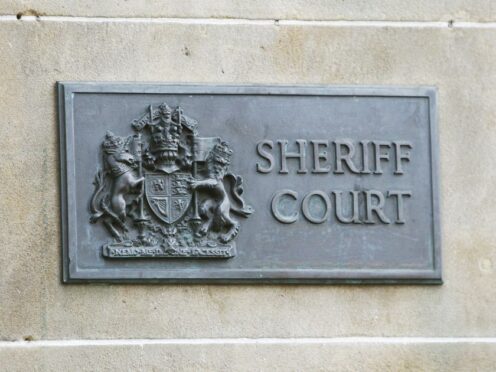A new Church Of Scotland presbytery covering the entire north-east, and another for the Highlands and Western Isles, could be set up following initial success in Aberdeen.
Work is under way to reduce the religious organisation’s number of local governing bodies from 43 to around 12, with three mergers having taken place so far.
A plan to do this was approved in 2019 and so far three new groupings – Aberdeen and Shetland, Clyde and Fife – are up and running as part of the “radical” reform project.
The church says the move is required to keep it “lean and fit for growth” in the years ahead.
It comes amid an £11.3 million drop in income, exacerbated by the pandemic, alongside an increase in ministry costs.
Around three-quarters of Church Of Scotland spending – about £40 million – goes towards ministers, including the recruitment of ministries development staff.
And with this figure expected to rise in future, church leaders say it is vital it operates in an affordable and sustainable manner “based on the reality of the financial situation”.
Success of Aberdeen merger
The Presbytery Of Aberdeen and Shetland was formed on June 1 last year, with clerk Rev John Ferguson describing the move as “very successful”.
He said: “We’ve been working very well together.
“We thought, because of the geography, that we’d need to invest quite a bit to have meetings online but with the pandemic that became inevitable anyway.
“Technology has been a life-saver to help us hold meetings and communicate with each other.
“The only downside is that we haven’t been able to have people from Shetland come to us, and vice versa, to share more together.
“The other presbyteries being proposed are on a much bigger scale and it’s important they take the time to meet and properly work out the best structure and how to finance it.”
Discussions have begun to form a new North East presbytery, which would include Aberdeen and Shetland, while bringing in the eastern half of Moray as well as Kincardine, Deeside, Gordon and Buchan.
Orkney could also join the group, which would change its name to more appropriately reflect its members.
Any decisions on this wider presbytery will be brought to the 2022 General Assembly for implementation in early 2023.
Group investigates change for Highlands
Further north, a steering group has been established to consider the merging of 10 presbyteries into one representing the Highlands and Western Isles.
This would comprise Caithness, Sutherland, Ross, Inverness, west Moray, Abernethy, Lochaber, Lochcarron-Skye, Uist and Lewis.
Rev Doug McRoberts, who is part of Inverness Presbytery and the new transition team, said: “We are talking about more than 80 churches coming together, each with their own traditions.
“Some people had been a little concerned it would be difficult to work together, but we have actually found the opposite.
“We’ve all been facing the same challenges and to share these with the others has been quite refreshing.”
Rev McRoberts previously worked in Malta, where he would regularly communicate with others online as the distances meant face-to-face meetings would be unworkable.
He added: “We were already used to only meeting a few times a year and that’s how we see this going forward.
“We’re past the days of the presbytery meeting every single month.
“This is about enabling our churches on the ground to get what they need in their area.”
Rev Dr George Whyte, principal clerk of the General Assembly, added: “Presbytery reform is a middle-distance race, not a sprint, and it needs to be shaped by those on the ground.
“It will happen in stages, with the first ‘new’ presbyteries having already started while others will seek approval to unite at the 2021 and 2022 General Assemblies.
“We hope the new pattern of presbyteries will be in place from January, 2023.
“This, of course, is more of a beginning than an end as people work together to reshape and renew the life of the church.”











